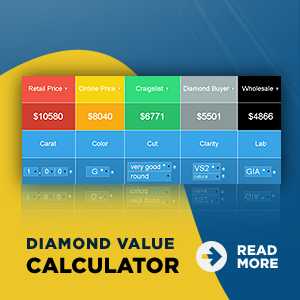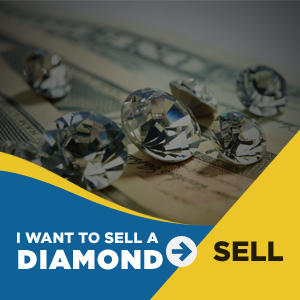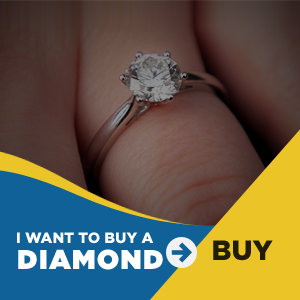Diamond History
To qualify to be a precious stone, it must be transparent, sufficiently hard and sufficiently rare. Because the diamond fully meets all of these criteria, it is the king of all and precious stones. Its special position in the realm of precious stones is the reason why a certain myth has always surrounded the diamond. The myth of the diamond and its relative scarcity are reflected in its high price. The myth, however, is not a phenomenon of the modern era. It already existed in ancient times. Although we will never know for sure when the first diamond was discovered, we do know where it was first found, India, which was the only source of supply until the 18th century. The diamond was first mentioned in a book that was not discovered until 1905 and that was written by an ancient Indian political philosopher, who lived about 300 BC. The book reports that there was a lively trade in diamonds at the time and that taxes even had to be paid on diamonds transactions.
Value
The beautiful shape of the crystal and its transparency were highly valued at the time. All diamonds that were regarded as very beautiful, such as clear specimens having typical perfectly formed octahedron shape for instance, belonged to the rulers and remained in the country.

Other stones were exported, yet what motivated people to own or sell a products for a high price that they could not process or really use? It must have been mystical magic emanating from a beautiful, clear diamond that held people in its spell. The diamond was fascinating not only because it was beautiful. The fact that it is the hardest of all precious stones but also made it an object of desire.

In ancient Greece, people regarded the legendary stones that were imported from a faraway country as “splinters of stars fallen from the heaven”. According to tradition, they are even “tears of the gods that have fallen to the ground”. To give the expression to the hardness of the diamond, the Greeks called it “Adamas” the invincible. Our present-day word “diamond” is derived from this term. It was discovered in the 15th century that the hardness of the diamond is not the same in all axes.

This phenomenon is called “hardness anisotropy”. This anisotropy means that the hardness in very specific directions is minimally less than in others, making it possible to cut diamonds. Cutting allows us turn insignificant rough stones into magnificent faceted diamonds, further enhancing the magic of the myth surrounding them. Friedrich Mohs, who died in 1839, was the first to successfully express the tremendous hardness in comparison with other minerals. He developed his 10-level hardness scale, on which the diamond is the only mineral that is at level 10.
Following the diamond, ruby and sapphire are level 9 in its corundum varieties. Application of a method in 1897, in which the volume loss of a diamond was measured when a given amount of abrasive was consumed, yielded impressive results. The diamond, although only one level higher on Mohs hardness scale, is 140 times harder than corundum. This corresponds to the total difference between level i to 9 on the Mohs hardness scale. So what the ancient Greeks believed in is in fact true. the diamond is tremendously hard and is actually the hardest naturally occurring material.
Occurrence, from carbon to rough diamond
The formation of precious stones vary greatly depending on the type of mineral. As an absolute precondition, however, particular matter in the earth’s crust must combine in certain proportion when exposed to very high temperature and pressure, and they must then cool off within a certain time, forming crystals. The probability that all of these conditions are present to the required degree is imperceptibly small, making precious stones relatively rare. Despite that fact that no other mineral has been studied in more detail than diamond, it has stubbornly resisted all attempts to reveal the ultimate secrets surrounding its creation.
Diamonds made up only one element, namely carbon. Yet in addition to diamond, graphite is also a form of pure crystalline carbon. What gives diamond its unique hardness is its tight atomic lattice. The diamond’s crystal structure belongs to the cubic system. The diamond is usually an octahedron (8 surfaces) and less often has shape of a cube (6 surfaces) or a rhombic dodecahedron ( 12 surfaces). Severals theories, which have not been disproved, exist concerning the diamond’s exact crystallization process.
These theories are all based on laboratory experiments for producing synthetic diamonds. The best known theories is as follow. The diamond forms a as crystal in a molten mass,namely cooling liquid magma. The initial temperature for this process is about 1300 degrees centigrade, and the pressure is about 70.000 atm. Ambient conditions of this type only occur at the depths of 130-200 kilometers below the surface of the earth in active volcanoes. diamond chemical equation for creation process is as follow : 2FeS+CO2=FeO+S2+C = Diamond. Other theories use different values for temperature and pressure to some extent and, as a result, for depth. The chemical equation can also be partially or completely different according to other theories.

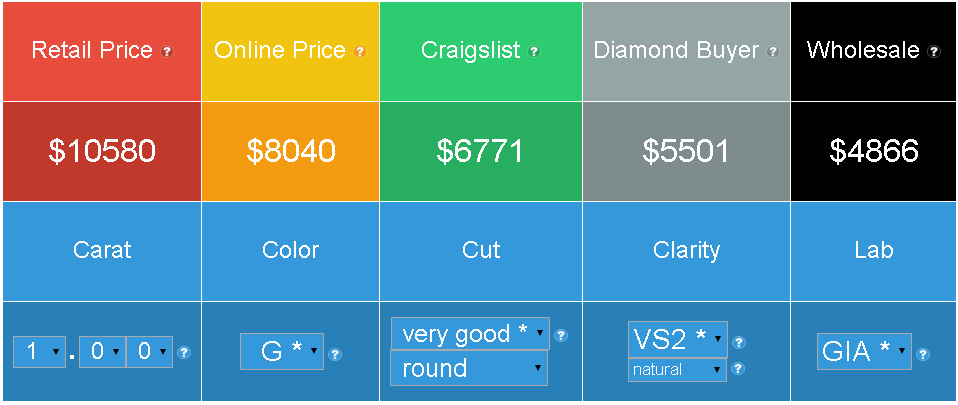
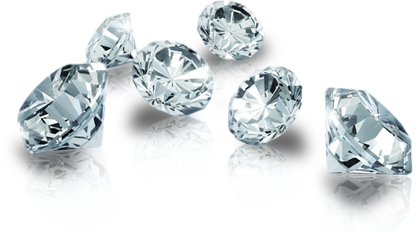





 diamond
diamond graphite
graphite octahedron
octahedron



 bort
bort

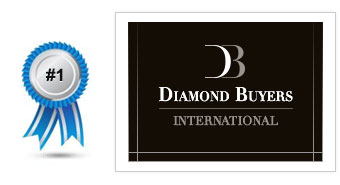
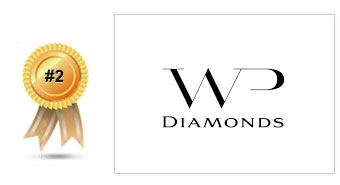
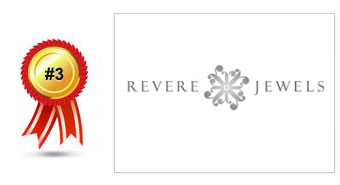

 This’s a 1 carat H SI1 certified by GIA
This’s a 1 carat H SI1 certified by GIA This’s a 1 carat F SI1 certified by GIA
This’s a 1 carat F SI1 certified by GIA this’s a 1ct 5.90mm poor make diagrams
this’s a 1ct 5.90mm poor make diagrams this’s a 1ct 6.00mm fair make diagrams
this’s a 1ct 6.00mm fair make diagrams this’s a 1ct 6.13mm good make diagrams
this’s a 1ct 6.13mm good make diagrams this’s a 1ct 6.30mm very good make diagrams
this’s a 1ct 6.30mm very good make diagrams this’s a 1ct 6.50mm ideal make diagrams
this’s a 1ct 6.50mm ideal make diagrams





